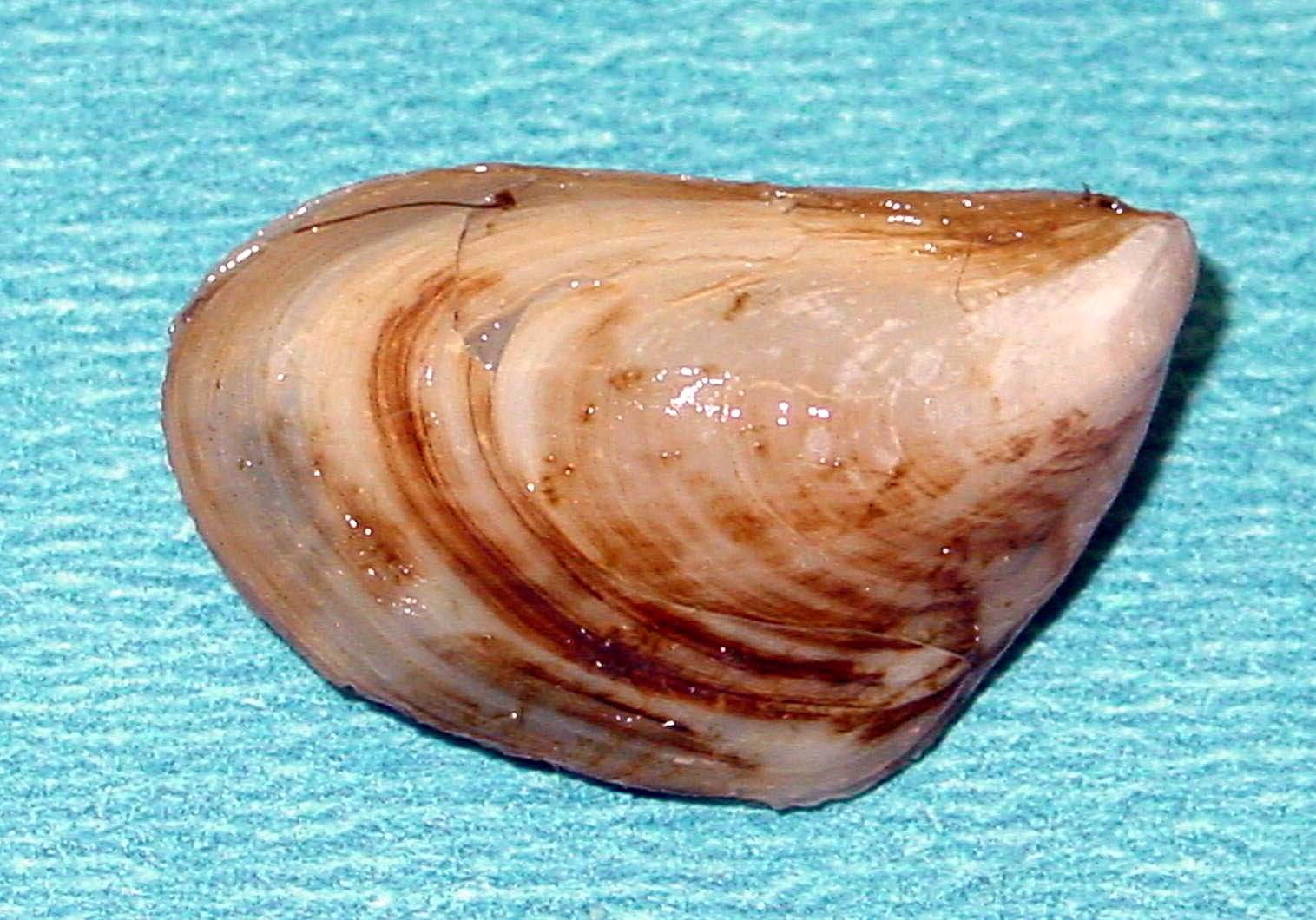News Briefs: Utah Fights Quagga Mussels to Save Water Infrastructure
Also in this week's sewer and water news, Tropical Storm Barry brings enough rain to cause sewer overflows in Alabama and raise concerns for those in New Orleans
Popular Stories
Discussion
Comments on this site are submitted by users and are not endorsed by nor do they reflect the views or opinions of COLE Publishing, Inc. Comments are moderated before being posted.






